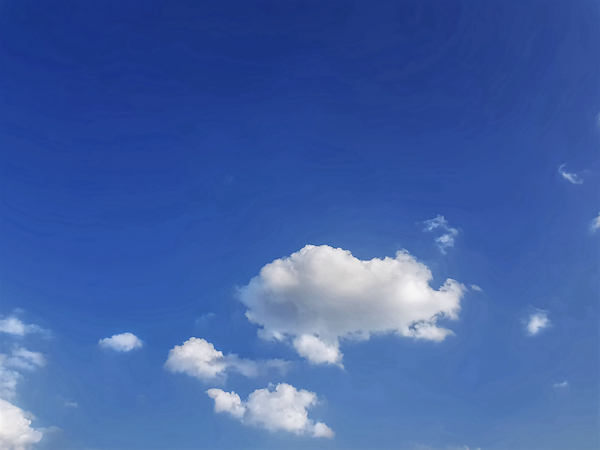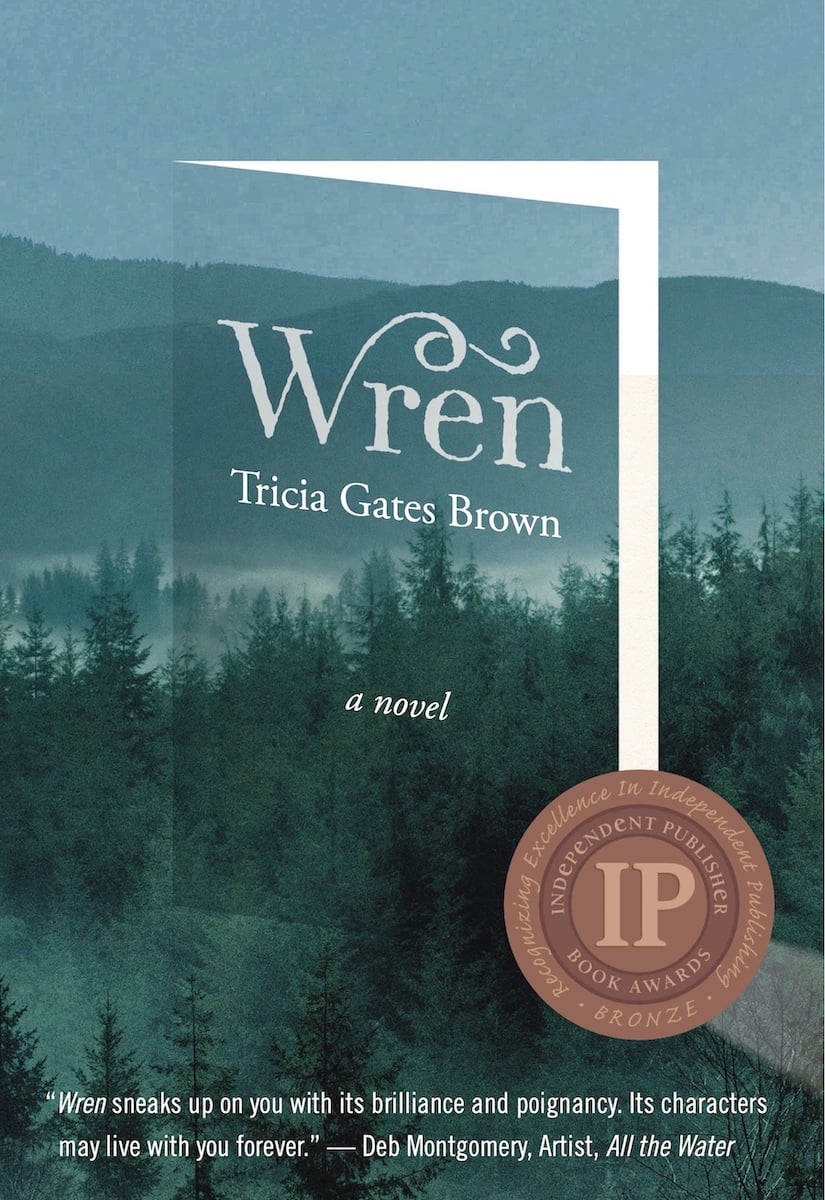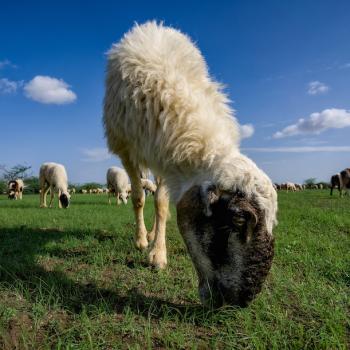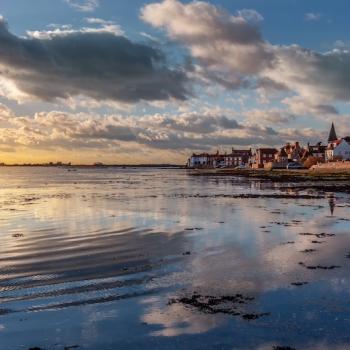
{Read the beginning of this series HERE}
My bed now faces the large window. The large window, now naked of sheers. If I must be in bed to heal—to heed the body’s limitations, I must have the best view from my window. While I’ve had far better views (for almost a year, the Pacific Ocean, for over a decade, wooded hills), I do see sky and the low branches of two large trees. The tree out the large window has bark deeply riven and a river of thick, verdant moss. Off in the distance, reds and yellows will soon blanket quince and forsythia bushes. Frequently, chickens traverse my view: barred rock; lavender orpington. Even after sunset, a cerulean-blue sky is visible against black silhouettes. On clear nights, will I see stars?
Most chronic illness when resisted and pushed through, worsens. One must find the sweet spot between an unhealthy level of inactivity and the overdoing that sets off symptoms. One must allow time to heal from flare ups or crashes. In this sense, it’s a proper venue for practicing nonresistance. If we try to resist the signals our bodies are blaring at us, limitations only deepen.
Limitations and resistance
I’ve read stories of lupus survivors who pushed for years then suddenly found themselves with kidney failure (a well-known example is Selena Gomez, who received a kidney transplant), or who were diagnosed late only to die shortly after diagnosis because of organ involvement (Charles Kuralt, the former news anchorman, is an example. He died of heart disease within weeks of being diagnosed with lupus). When I add more activities than my body is ready for, I get signals of alarming limitations.
And aren’t limitations what we always resist? For some, addiction—rather than chronic illness—is the gnarled hedgerow of limitation. I find a certain solace in writers who accepted fairly pronounced limitations and thrived in their art. Especially, Flannery O’Connor, who had lupus, and Emily Dickinson, who penned “I felt a Funeral, in my Brain” and is widely speculated to have had chronic illness. Walker Percy, who struggled with various maladies from his youth, famously wrote from bed.

The graces
Streamed audiobooks and podcasts make me grateful to heal in the era of Vox and Audible, something previous generations may only have dreamed of—the bed-bound dowagers in Victorian novels whose young nieces or nephews visited to read to them. Audible is like having one of these—all hours, pulling from a gargantuan global library.
By good graces, even when physically unwell, I can work, my job as editor and co-writer being doable from bed. During recent research, I encountered an oral tradition of the Chumash people of California, published in a compilation by Anita Goos. In the story, the earth goddess creates a rainbow bridge that arches across the fog, stretching from the Channel Islands to Carpinteria. The Chumash people are to use this bridge to cross to the mainland. But the earth goddess warns the people not to look into the sea as they cross. Though the Chumash bravely cross to the mainland, some grow frightened and look down. When they do, they fall through the fog into the sea. But the earth goddess turns them into dolphins, the sacred totem of the Chumash, akin to their brothers (Goos (n.d.) Chumash Folklore Stories. Pp.62-63).
Sacred stories and boundaries
In reading this, I was reminded of Judeo-Christian stories where the people are similarly warned of limitations, this time imposed by God. They impinge on these boundaries and face consequences; then God makes an adaptation that compensates. From the Garden of Eden (familiar enough) to the restored city crowning the canon’s finale (Revelation) filled with God’s presence yet demarcated by walls and gates that never close. Many Native stories I’ve encountered, in addition to the Chumash tale, also feature limitation of some sort and consequences for trespassing boundaries. Invariably, the limitation or taboo is protective (for example, against eating a poisonous plant or stepping onto thin ice)—and warnings are conveyed through sacred stories. Generation after generation, we remind ourselves of hazards.
Where are the modern myths that do this? What are the stories that teach us to heed the body’s limits amid systems that reward transgressing them?
{Roughly 52% of Americans live with chronic illness. If you know someone who might benefit from this series, please share.}
Wren, winner of an Independent Publishers Aware Bronze Medal














